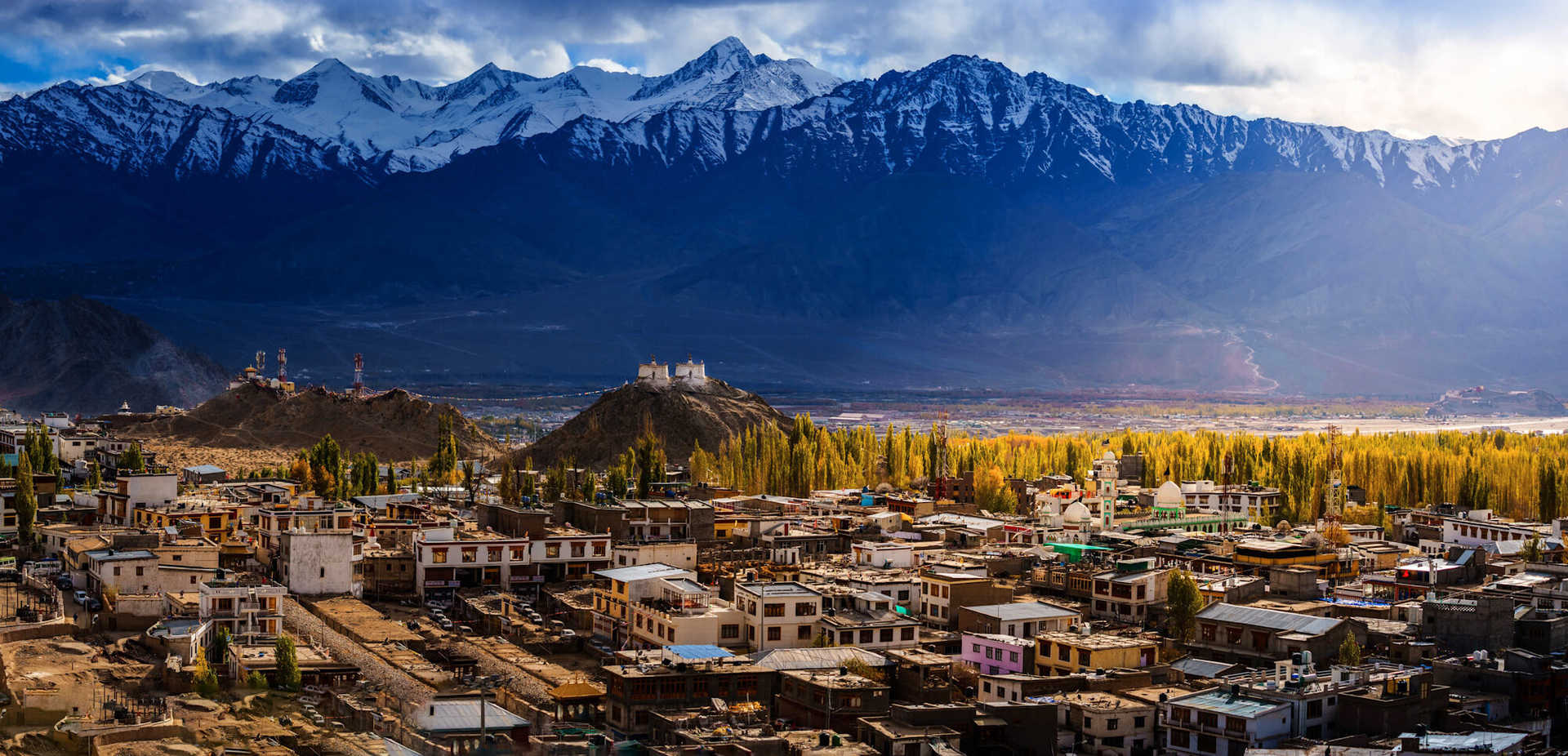The beginners guide to Ladakh
Where is Ladakh?
Ladakh, a breathtaking mountainous region that is cradled between Tibet to the east, China to the north and the region of Kashmir to the west, it is one of the most sparsely populated parts of India. Which is why it is a popular destination for visitors who are looking for an escape from the beaten path, away from the more popular routes in nearby Nepal and Tibet. Ladakh has a bright Tibetan-influenced culture, dotted around the unspoiled beauty are colourful monasteries, prayer flags and white stupas, domed Buddhist shrines.
Leh, Ladakh is the main town in the Leh District, home to the Indus River which runs through the breathtaking Indus Valley. The Indus River is a vital source of water for the Pakistan, originating high in the Tibetan Himalaya it flows through the mountains of Ladakh and onto Pakistan, before reaching the Arabian Sea.
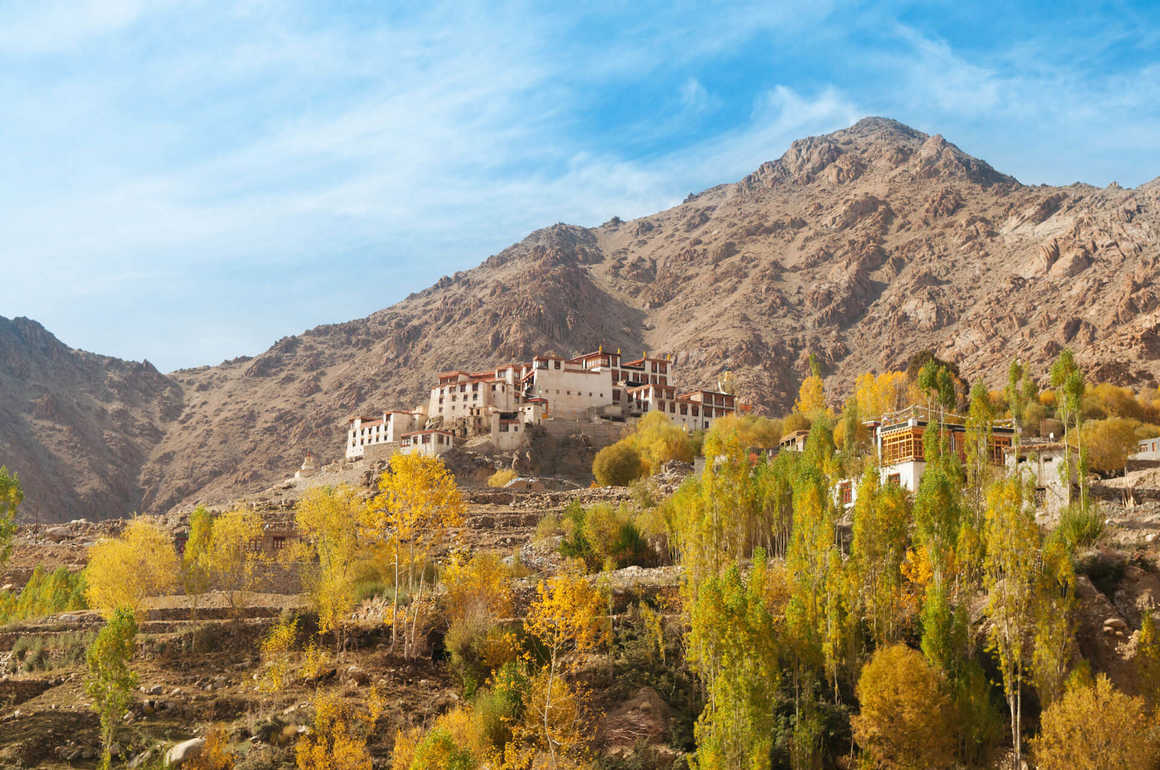
When is the best time to visit Ladakh?
The best time of year to visit Ladakh is between June and September, during their peak season, as it offers pleasant daytime temperatures between 10°C and 25°C. Although that doesn’t mean you shouldn’t come unprepared for a cold chill, as temperatures can still drop well below freezing during the night, especially at higher altitudes so packing a suitable sleeping bag and plenty of layers is essential even during the summer months. During the peak season all of the snow melts, except for the tops of the highest peaks, making it the best time of year for all trekking routes.
During and at the start of the winter months, as temperatures drop the region is completely covered in snow, the main roads that lead to Ladakh start to become impassable due to the snow and the only way to reach the region is by plane. All guesthouses and restaurants close their doors for winter as there is very little tourism, because of the dangerously low temperatures it makes trekking at that time of year inadvisable.
As the snow slowly begins to melt, the main roads leading to Ladakh from Himanchal Pradesh and the Kashmir Valley become passible again after the winter. From April to May there are still very few tourists making it a great time to go and do a cultural tour and visit the amazing monasteries, before visitors arrive for the peak season. Although it is spring suitable clothing and equipment is essential, temperatures are still very low and nighttime temperatures will still reach well below freezing.
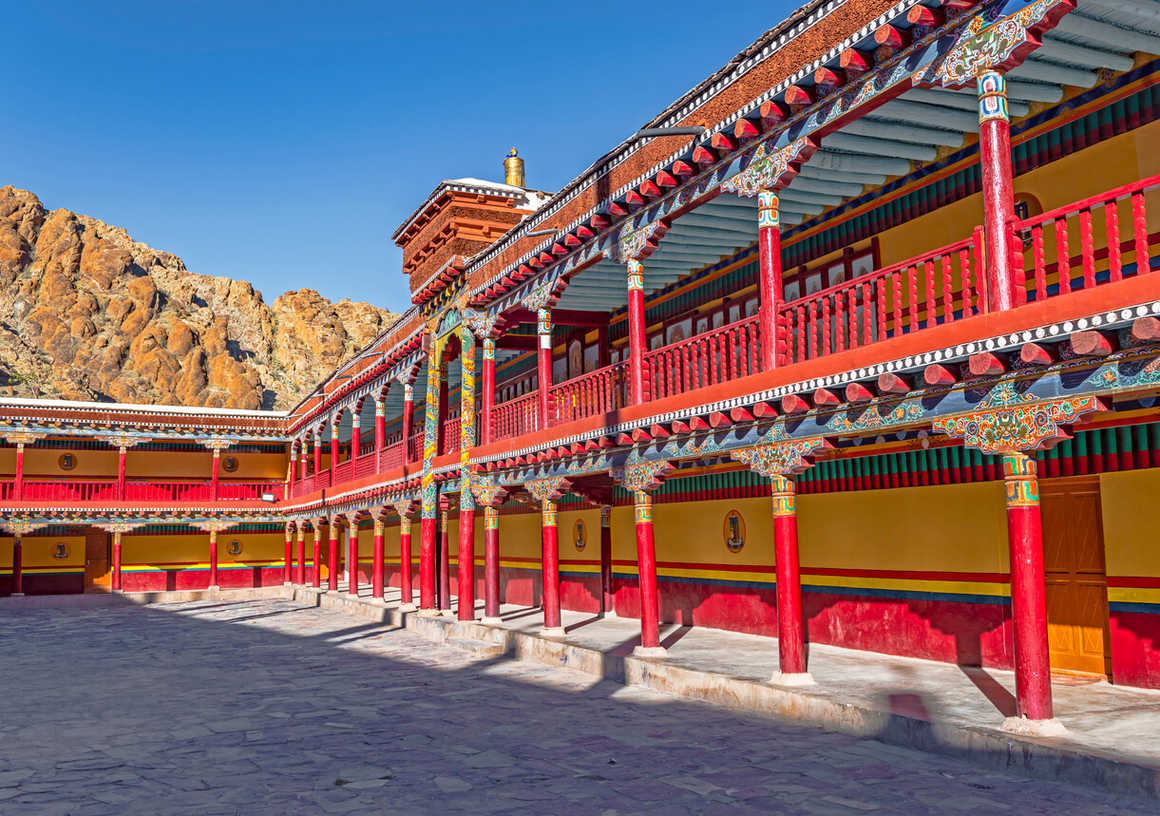
How do you get to Ladakh?
For those interested in visiting Ladakh, the quickest way to get there is by catching a flight to Kushok Bakula Rimpochee Airport code (code IXL). As there are no direct flights to Ladakh, in order to reach Leh you first need to fly to Delhi and from there, take a domestic flight to Ladakh. For visitors traveling from the UK, there are direct flights to Delhi from London Heathrow. Flights from Delhi to Leh take around 1 hour 20 minutes and transfers usually take between 15 to 30 minutes to reach the main town of Leh.
Ladakh Treks
When Nepal and Bhutan are both out of season, Ladakh is the perfect alternative for trekking enthusiasts. Unlike Nepal and Bhutan, where heavy monsoon rains can disrupt treks, Ladakh will experience relatively stable weather with warmer temperatures during the day but much cooler temperatures at nighttime. Compared to the popular treks in Nepals’s Everest and Annapurna regions, Ladakh isn’t as well known. Ladakh is home to and known for its trekking routes round Changtang Lakes, Spiti Valley, Markha Valley, Indus Valley and Kang Yatse II.
Markha Valley Trek and Kang Yatse II
While the Markha Valley Trek is one of Ladkahs most well known treks, what makes this trekking route unique and truly sets it apart is that along route you’re more likely to encounter Tibetan shepherds tending to their flocks, than you are to come across fellow visitors. This characteristic sets the Markha Valley Trek apart and provides an authentic and less crowded experience in the heart of the Himalayas.
The very little tourist traffic means that the landscapes remain largely untouched and pristine, offering a unique glimpse of picturesque villages in their natural state. The Ladakhi and Tibetan culture remains deeply rooted, as the local inhabitants live their traditional way of life. At the 6250m summit of Kang Yatse II you can expect breathtaking views of Zanskar, Stock and Karakoram massifs. On a clear day in the distance, it is possible to see the 8000m peaks of K2 and Nanga Parbar.
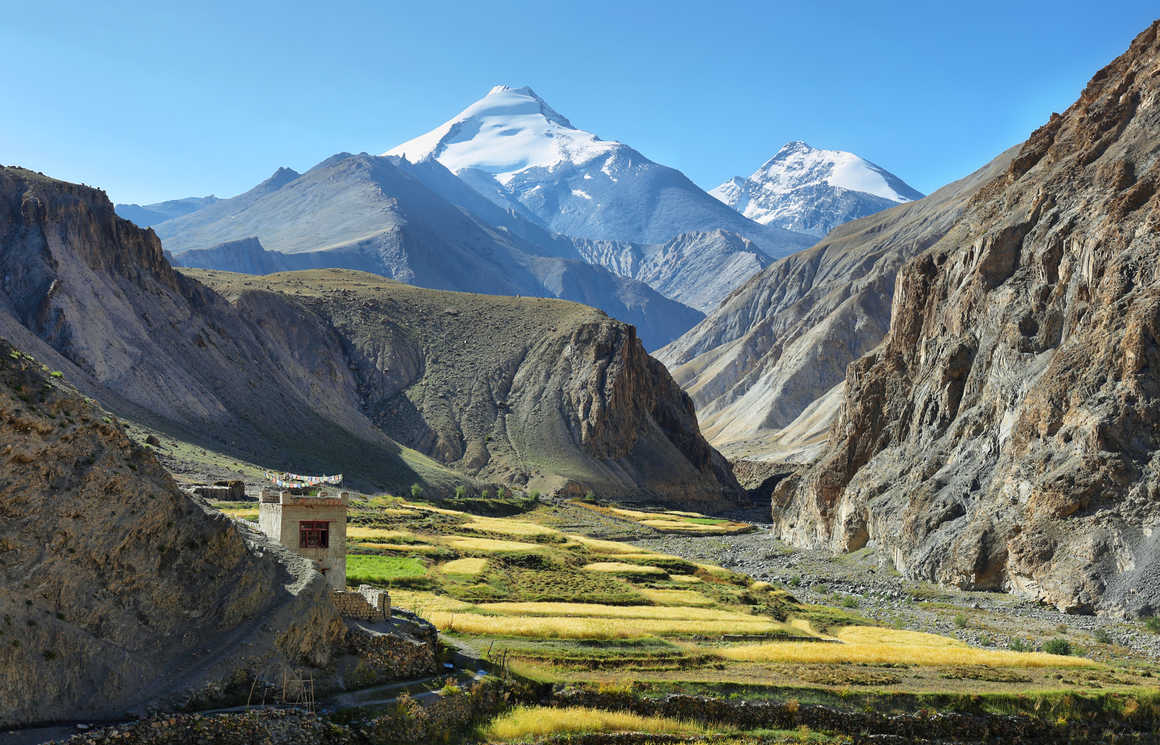
The Indus Valley
The Indus Valley Trek follows the Sham Valley and other tributary valleys to the Indus, including some passes but missing out the high summits, as The Indus Valley is considered a moderate trek. Although don’t let the short and accessible walks fool you as you still need to have excellent health and determination, as you will reach altitudes of the region of 3500m and 5000m.
The Indus Valley is home to several ancient Buddhist monasteries, Thiksey Monastery is well known for its stunning architecture and has a precious collection of Tibetan art. Surrounded by breathtaking landscapes the Hemis Monastery is one of the largest and wealthiest monasteries located in the Hemis village, around 25 miles southeast of Leh. Renowned for hosting the Hemis festival, where many people gather as monks perform traditional masked dances and rituals. The Tabo Monastery, often referred to as the Ajanta of the Himalayas, is filled with ancient murals and artwork which date back to the 10th and 11th centuries.
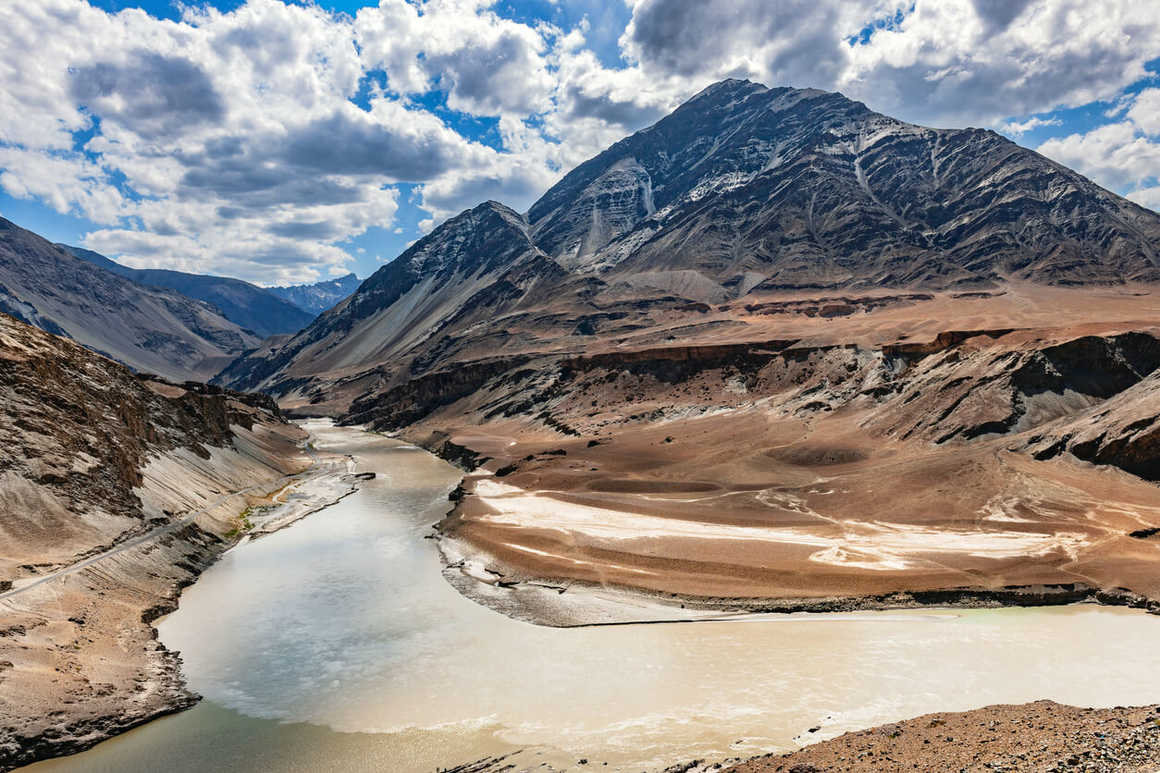
Spiti Valley
Spiti Valley, often referred to as Little Tibet is known for its high terrain as most of the villages and towns are located above 3000 meters. Home to a large Tibetan Buddhist population with numerous monasteries and stupas throughout the region, such as Ki Monastery, Dhankar Monastery and Tabo Monastery. Many cultural festivals events are held and celebrated in Spiti Valley, such as Losar the Tibetan New Year and the Hemis Festival.
The Changtang Lakes to Spiti Valley trek is a trip that is rich with local culture, where the only people you will pass on route for days on end are the nomadic herders’, swaddled in their traditional dresses. The picturesque landscape holds the beauty of Ladakhs peaceful nature before ascending into the snowy pass of the Parang Las glacier, finishing in the bustling capital of New Delhi.
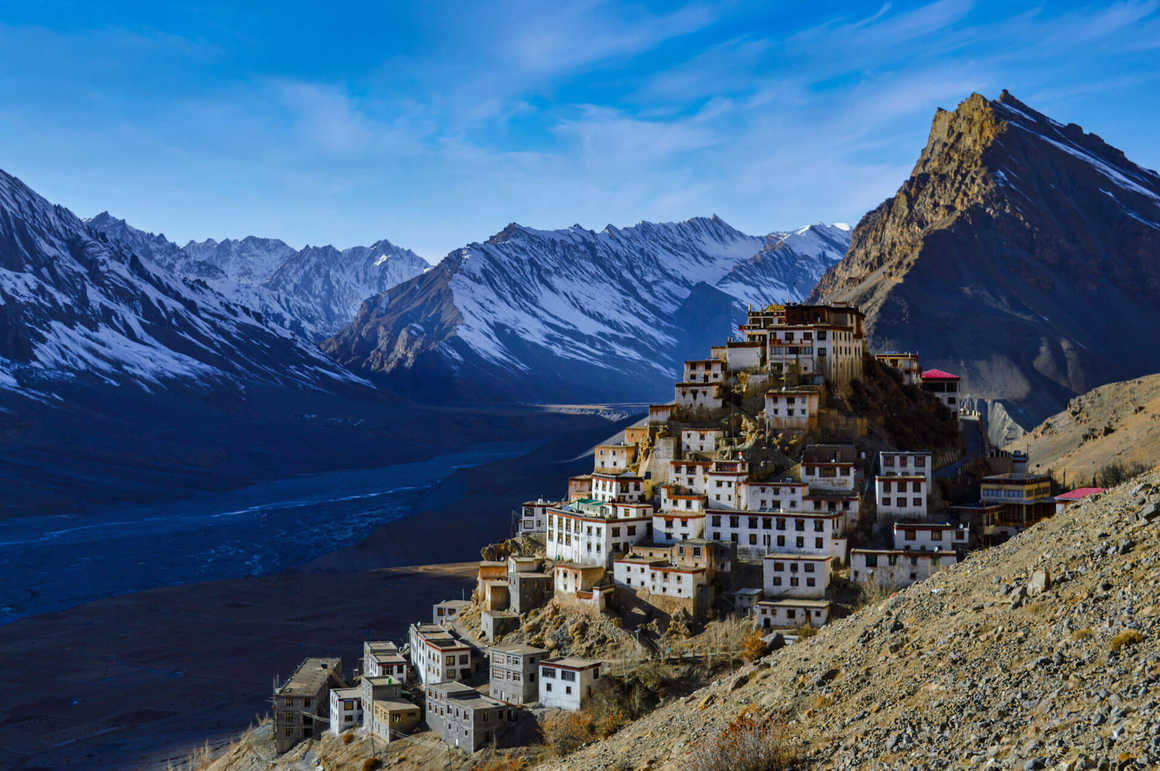
Ladakh is a destination for visitors and aspiring trekkers who are looking to discover the real beauty of an unspoilt picturesque landscape and that is rich in local culture. At Kandoo we specialise in unforgettable adventures to iconic destinations, Ladakh has everything to make your next trekking adventure a truly epic one. Get in touch with the adventure travel experts at Kandoo to find out more.










